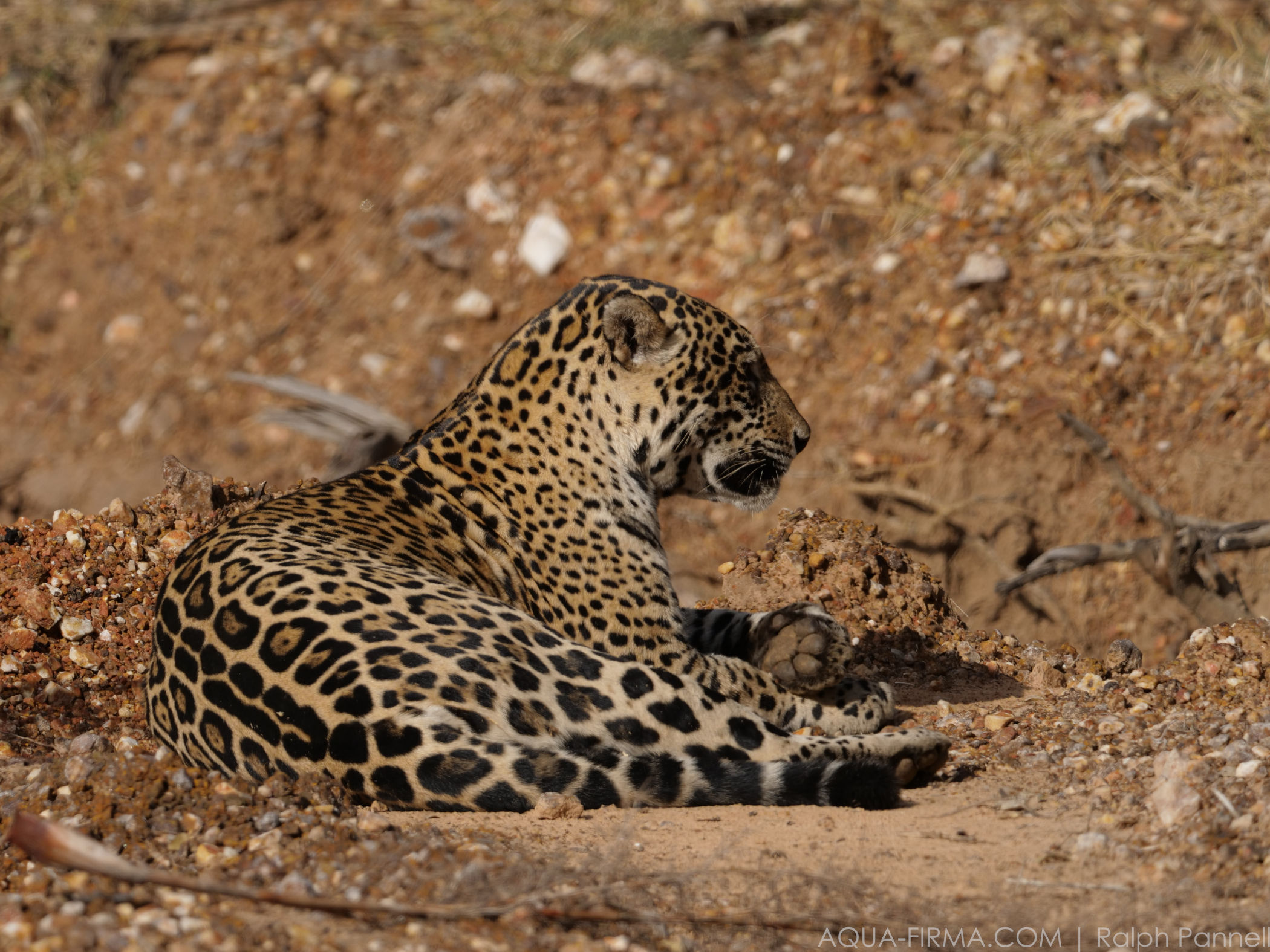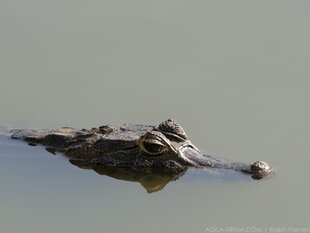The Pantanal is the World’s largest flooded grassland: an incredible 15 times bigger than Botswana’s Okavango Delta. It was created when tectonic plates uplifted the Andes mountains, but lowered the Earth’s crust in the middle of the South America. A depression was created, some 140,000 km2 in area, into which rain from the neighbouring Planalto Highlands began to drain, flooding the area during wet seasons; evaporating and draining beyond during dry seasons.
In a typical year, the wet season in the Pantanal is from mid-November to March. Rainfall is particularly heavy and persistent in January and February. With limited opportunity to empty, rivers and lagoons break their banks, spreading water across a vast area. Islands of trees known as Capãos sit on land which is marginally above the flood plain – places where mammals and birds can reside until the dry season takes over and returns the area to a vast grassland.
Most of the Pantanal is farmland, which in the areas we visit coexists with wildlife such as giant anteaters, capybara and jabiru storks. Much of what you can see in the Pantanal also lives in the Amazon rainforest. A major difference, however, is that the open nature of the landscape makes spotting a lot easier.
Aqua-Firma's Pantanal Wildlife Cruises, Crystal River & Atlantic Coast trips include a wildlife cruise right across the Brazilian Pantanal; from Porto Jofre in the North, to Corumbá in the south. From 11th June, 2026, Aqua-Firma director and photographer Ralph Pannell will be hosting one of these journeys.
Alternatively we can base you in a lodge in the Northwest, Central or Southern zones, to explore the Aqua and the Firma with all of its wildlife in a more concentrated area. Here is some further information about each of those zones.
North & West Pantanal
The northern and western reaches of the Pantanal are the highest above sea level at around 150 metres. Here, the primary ecosystem is Cerrado savannah which is often characterised by an abundance of ground-level plants, occasionally disturbed by a lone tree rarely taller than 3 metres. These provide ideal conditions for lizards and snakes, including the South American Ground Lizard, which grows up to 50 cm long - one of the most significant predators here.
Tree cover increases with altitude: with the highest Cerrado accommodating up to 50% tree cover, with the tallest 9 metres in height. These semi-closed forests provide homes for many breeding birds, such as the Crowned Solitary Eagle, Hyacinth Macaws and Toco Toucans. Where gallery forests penetrate the savannah landscape from waterways, larger mammals, like the Brazilian Tapir, Jaguar and Ocelot, can exist in habitat more stable and resistant to fires in the hotter seasons than those surrounding. There are even eight monkey species which live here, the most common being the Black Howler Monkey.
Jaguars versus Caiman, plus Giant River Otters
From a wildlife photographer’s perspective, the most significant thing about the northern Pantanal is that here, jaguars have learnt to prey on caiman. In most of Latin America, including southern parts of the Pantanal, jaguars use the dark of night to steal up on their prey. In the northern Pantanal, they find it easiest to attack caiman during the day. This clear prey targeting makes it much easier to spot jaguars in the wild and in action, all in broad daylight. Our Pantanal Wildlife Cruises, Crystal River & Atlantic Coast experiences explore these areas in detail, which can also be very good for spotting Giant River Otters – another mammal which is difficult to see elsewhere.

Central Pantanal
In the central Pantanal where land is slightly lower (around 90 metres above sea level), conditions are right for pioneer forests to flourish. Within these forests are some of the tallest tree species of the Pantanal. These include the Urucuri Palm, which is common here, can grow up to 18 metres tall if undamaged by fires. In places there are an abundance of Caranday Palms which can grow as tall as 25 metres. The Yellow Trumpet Tree is another species which is often found here, but is a far shorter, at a maximum 6 metres.
Southern Pantanal
Areas of lowest altitude in the Pantanal are the Chaco savannahs which are just 75 metres above sea level. These are found predominantly in the southern reaches of the Brazilian Pantanal, consisting mainly of grasses and palm trees, especially on high ground. Where there are waterways, over 10 species of tree, including Quebracho Colorado and Guayacán, can populate forests which provide refuge for the animals.
We can enjoy some fantastic wildlife and birdwatching in the southern Pantanal, as well as horseback riding. Just after the end of the wet season, driving and horseback riding can be across a vast shallow ‘sea’ of freshwater.
Jaguars here are best seen stalking prey as the evening draws in. At Caiman Lodge we can arrange for you to join researchers from an NGO we support, who use radio trackers to locate jaguars as they relax during the day. This can set up wonderful sightings, with plenty of time to gaze at their beautiful patterns.
The southern Chaco savannahs can also be very good for spotting South America’s answer to the ostrich: the Rhea. We see Giant Anteaters too, Capybara, Yacare Caiman, Marsh Deer, Toco Toucans, parakeets and South America’s largest parrot: the purple Hyacinth Macaw. These macaws are very particular about the holes they nest in; and their options can narrow when fires break out. As a result they are now Vulnerable to Extinction – one step away from Critically Endangered. At Caiman Lodge, we can enable you to join oncafari researchers who have been instrumental in setting perfectly sized nesting boxes. These allow for a greater density of Hyacinth Macaws, helping populations to recover.

